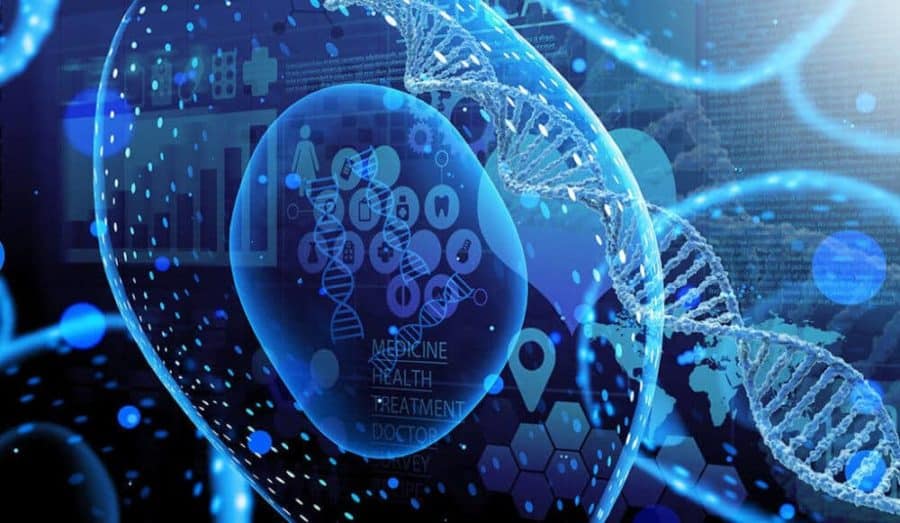Yale scientists have found missing molecular “fossils” that shed light on a key event in the early evolution of life on earth — the origin of the cell nucleus — they report online Sept. 10 in the journal Molecular Biology and Evolution.
The nucleus enabled transformation of simple organisms such as bacteria, which contain no nucleus, into more sophisticated ones that gave rise to modern animals, plants, and fungi. However, no fossil has been found that represents this massive transformation in life, which occurred about 2.5 billion years ago.
A Yale team led by Sergey Melnikov, associate research scientist in the lab of Dieter Soll, Sterling Professor of Molecular Biophysics and Biochemistry and professor of chemistry, has found these missing “fossils” within Archaea, the organisms that are believed to most closely resemble the ancient intermediates between bacteria and the more complex eukaryotic cells. Archaea possess proteins known as nuclear localization signals (NLS), which act as a sort of molecular ID that allows trafficking of molecules between different compartments of eukaryotic cells.
“Simple lifeforms, such as bacteria, are analogous to a studio apartment: They have a single interior space which is not subdivided into separate rooms or compartments,” Melnikov said. “By contrast, more complex organisms, such as fungi, animals, and plants, are made up of cells that are separated into multiple compartments.”
So what are NLS doing in Archaea, which possess no such compartments?
Melnikov suggests the answer is the molecular equivalent to the story of the origins of wings on some species of dinosaurs, which evolved into modern birds but were grounded for millions of years before taking flight. These incipient dinosaur wings could support flight-like locomotion, such as gliding and accelerated climbing, providing an evolutionary advantage.
The proteins that gave rise to NLS signals in eukaryotic cells performed a similar transitional role in Archaea by helping the organism recognize biological partners that help maintain cell function. “These ‘IDs’ help distinguish these partners from thousands of other molecules that float in the cell,” Melnikov said.
This function was later adapted in eukaryotic cells to allow for trafficking of molecules between the nucleus and interior of cells, he explained.
“Like the analogy with bird-like dinosaurs, our study illustrates the remarkable similarity between how evolution happens in the macroscopic world and how evolution happens in the world that Darwin never saw — the world of invisible molecules that inhabit living cells,” Melnikov said.

